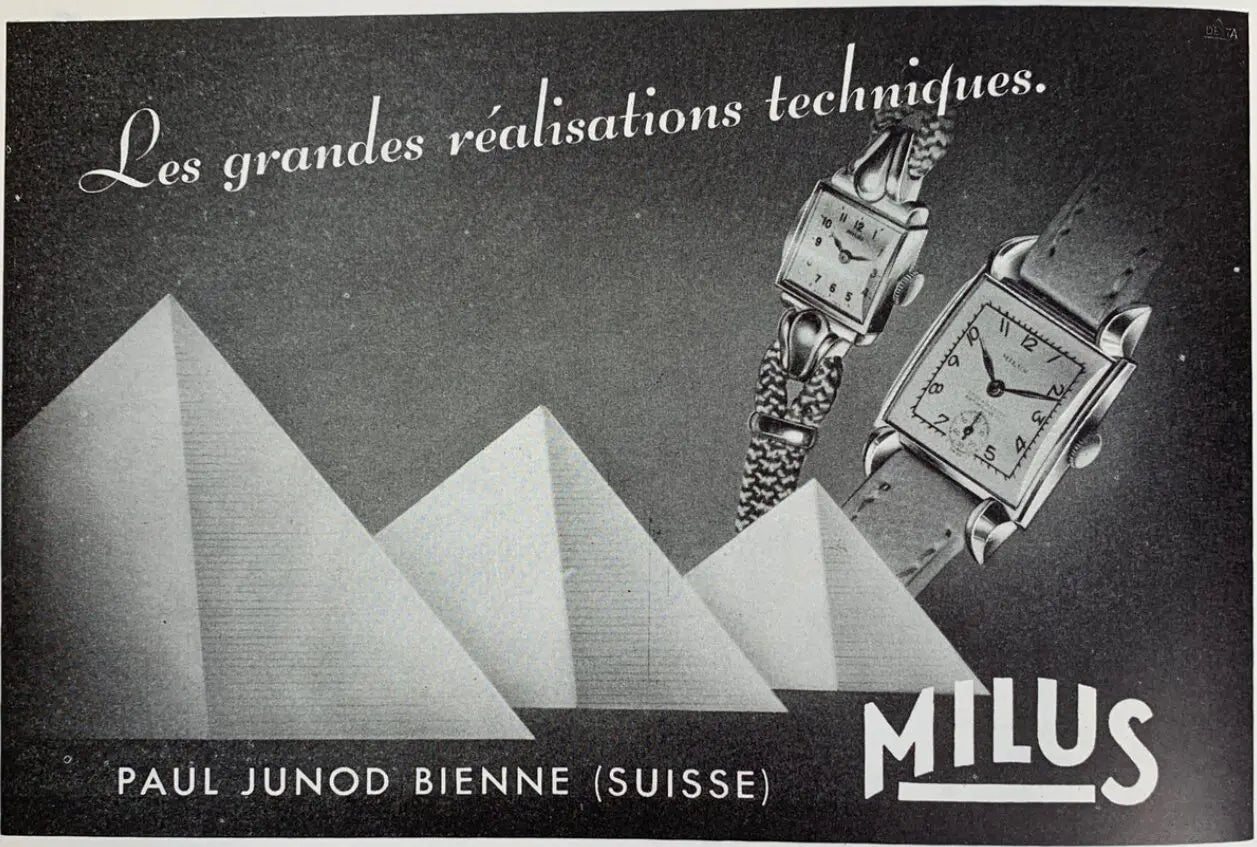
Milus Showcase the Best of Independent Watchmaking
Oracle Time - Issue 89 - Article by Sam Kessler - Click Here
Independence is freedom. I don’t mean that in any grandiose life lesson way – no splitting with your partner because of a little article in a watch magazine. But when it comes to watchmakers, its easy to get bogged down by your LVMHs, Richemonts, and Swatch Groups, to think that every major brand out there is part of some multi-headed luxury hydra with about as much freedom as your pinky has from your thumb. It’s something that often comes up in watch discourse, with the general vibe that creativity gets stymied by board meetings, the cutting edge dulled by inter-brand politics.
On the other hand, ‘independent watchmaking’ tends to evoke two distinct poles: on the one hand you have the unobtainable grail pieces from F.P. Journe, Philippe Dufour, et al. Think low volume masterpieces from horological auteurs. On the other you have a raft of microbrands, entrepreneurial start-ups with wildly varying levels of quality, style, and sanity. Somewhere in the middle of all that you have Milus, an accessible heritage brand in the middle of a modern renaissance.



They also went white label, building watches for Aston Martin, Georg Jensen, and Mario Botta among others. Sure, they weren’t as spectacular as watches produced in the British car maker’s current partnership with Girard-Perregaux, but it’s a testament to how well-respected Milus watches were. Aston Martin aren’t known for compromised quality.
In the years since, Milus’ presence as a big player diminished slightly, but they instead staked a claim as a serious cult watchmaker. Even throughout the 80s, the Junod family was still at the helm and it showed. Their Bauhaus approach made them a favourite among creative circles, winning prizes for the originality of pieces like the revolutionary Far Side model in 1992.

After a brief stint under the stewardship of foreign investors – though still as an independent watchmaker, of course – the modern renaissance for Milus began in 2016 when they became family owned once again. Just not by the Junods. Instead, it was another family with serious watchmaking pedigree: the Tissots. Yes, that Tissot.

Since then, the Tissot family has been holding a mirror up to Milus, reflecting on some of their most iconic historical models, the timepieces that aren’t just darlings among vintage collectors, but showcase the brand’s consistent spirit of innovation. There’s the incredibly successful modern reinterpretation of the Snow Star; the Archimède, a successor to Milus’ Super Compressor divers from the 70s and the LAB 01, a watch that embodies all the frenetic creativity of the 90s.

Today, Milus stands apart. They’re one of the few brands today that not only has an extraordinary watchmaking heritage dating back over a century, but retains an unprecedented level of independence. For collectors they offer some serious quality and deft aesthetics based on their century of heritage, while at the same time remaining an accessible player in the watch world.
Over the years, Milus have been defined by their independence. It hasn’t just allowed them to survive and thrive where other brands have failed; it’s allowed them to find that perfect middle ground between prestige and accessibility. They may be in the middle of a renaissance, but there’s plenty more yet to come.






Laisser un commentaire
Ce site est protégé par hCaptcha, et la Politique de confidentialité et les Conditions de service de hCaptcha s’appliquent.